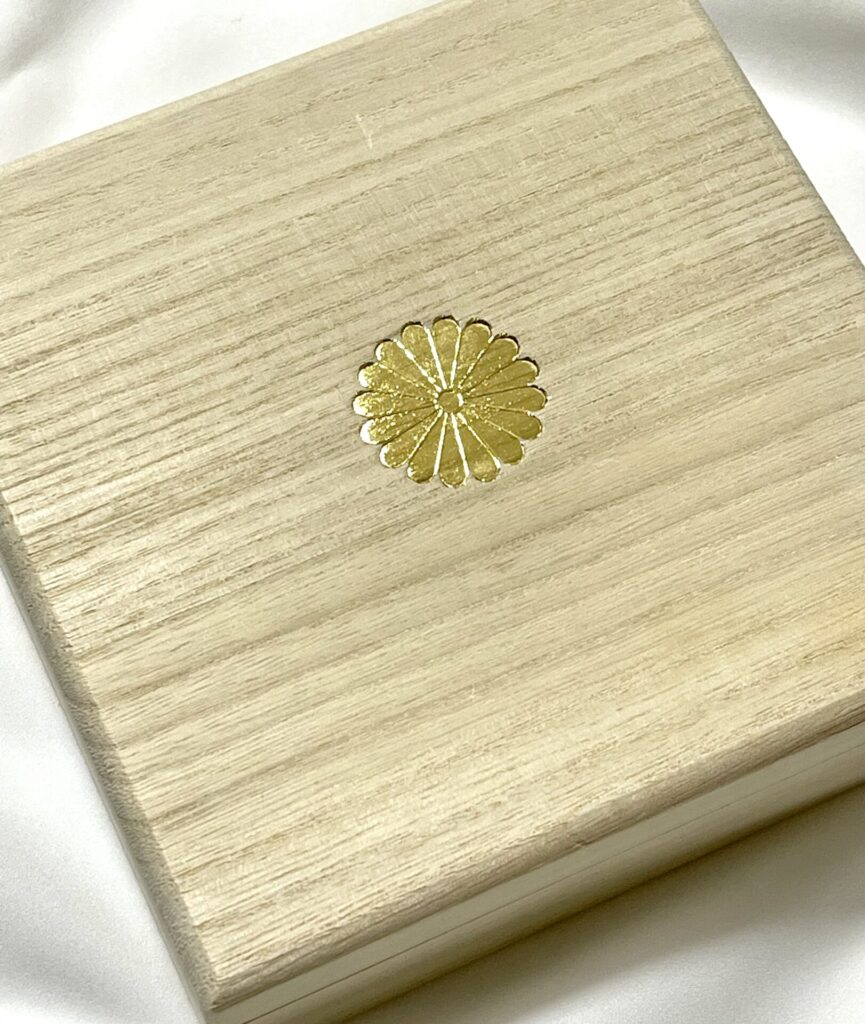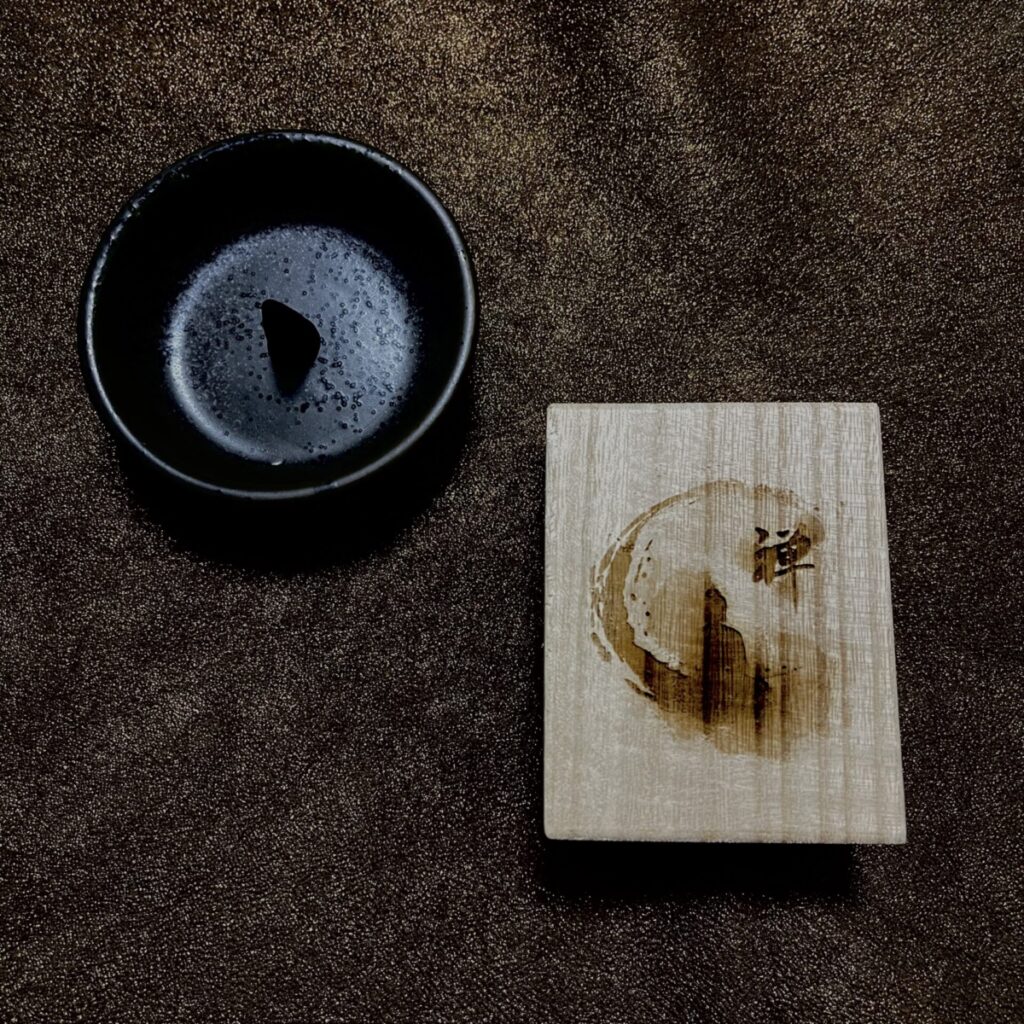In order to offer the best style of "Kiribako" for your request, please refer to the following contents.
Order flow
- Specification
- Please provide box specifications (see "Specifications" below), internal dimensions, quantity, and country of your residence
- Quotation
- We calculate an quotation for the cost of the box and shipping (not including customs duty and tax). This quotation is based on the most reasonable general paulownia wood.
- *It is also possible to make it with high quality paulownia wood with beautiful grain like the "Special paulownia" shown below. The price will be higher. Please let us know if you wish to have it made.
- We calculate an quotation for the cost of the box and shipping (not including customs duty and tax). This quotation is based on the most reasonable general paulownia wood.
- Payment
- If the quotation meets your budget, we will ask you to pay for the boxes and shipping costs via Paypal or bank transfer.
- Production and shgpping
- We start production after your payment is completed. A tracking number is provided at the time of shipment.
- *Delivery time depends on specifications, quantity, and shipping method (air or sea), and we will contact you when we provide a quotation.
- We start production after your payment is completed. A tracking number is provided at the time of shipment.
- Tracking number
- We send you a tracking number at the time of shipment.
Sqecification type
Shiho-san(Four crosspieces lid)

The lid has four crosspieces attached, and the frame firmly support the top board, so the lid does not warp easily.
This box is often used as a box for tea ceremony and has a high level of prestige.
Used for Chawan (tea bowls), Natsume (tea caddies), Chaire(tea containers), Mizusashi(water jars), and other tea accessories in general.
Niho-san(Two crosspieces lid)

Niho-san has two crosspieces glued together. Compared to Shiho-san, this box is simple made and therefore slightly less prestigious, but more reasonable.
Used for plates, trays, and cover plates, which are slightly lower in rank among tea ceremony accessories. In addition to tea ceremony accessories, it is also used for various other crafts.
Otoshi-buta (Drop lid)

Shaped to hold items by pulling up the front panel.
Used for dolls, figurines, and other artifacts that also serve as displays.
Kabuse-buta(Covering lid)

A larger lid covers the bottom. It is suitable for storing items that are frequently taken in and out.
Used for prayer beads, kimonos, tool boxes, etc.
Inro-buta(Meshing lid)

Most common shape. The lid is hooked by an internal rise, making it airtight and highly capable of protecting contents from humidity.
Used for the widest range of items, from arts and crafts to gifts. This style made by high grade paulownia is sometimes used for the most prestigious tea bowls and tea containers of tea ceremony. As a gift box, it can be used for glasses, food, beverages, or any other genre of gift items.
Option 1 :High grade paulownia

High grade paulownia, grown in cold regions, is packed with tree rings. In Japan, it is used for prestigious tea ceremony accessories and art works When made from this wood, the special specifications are applied, such as round shape lid or combined side panels.
Option 2 :Sanada-himo(ribbon)

Making holes through which the Sanada-himo can be threaded. (Please refer to here for the types of Sanada-himo, available in 30m rolls.)
Option 3:Printing
Silk screen

Silk printing can achieve a unique smooth and vivid printing finish by placing ink on a mesh. It is also easy to express color overlapping and gradation.
Foil stamp

In foil stamping printing, foil is transferred by thermo-compression bonding. Depending on the color and type of foil, it can be gold, silver, giving a beautiful glossy or three-dimensional effect. It is not suitable for complex designs, but it gives a sense of luxury.
Heat stamp

This method uses a heat source to burn the design directly onto the material. Because the design is baked directly onto the material, it is extremely durable and will not fade or peel. It is not suitable for complex designs, but it creates a special feeling.
Please ask for specifications with our cotact form.